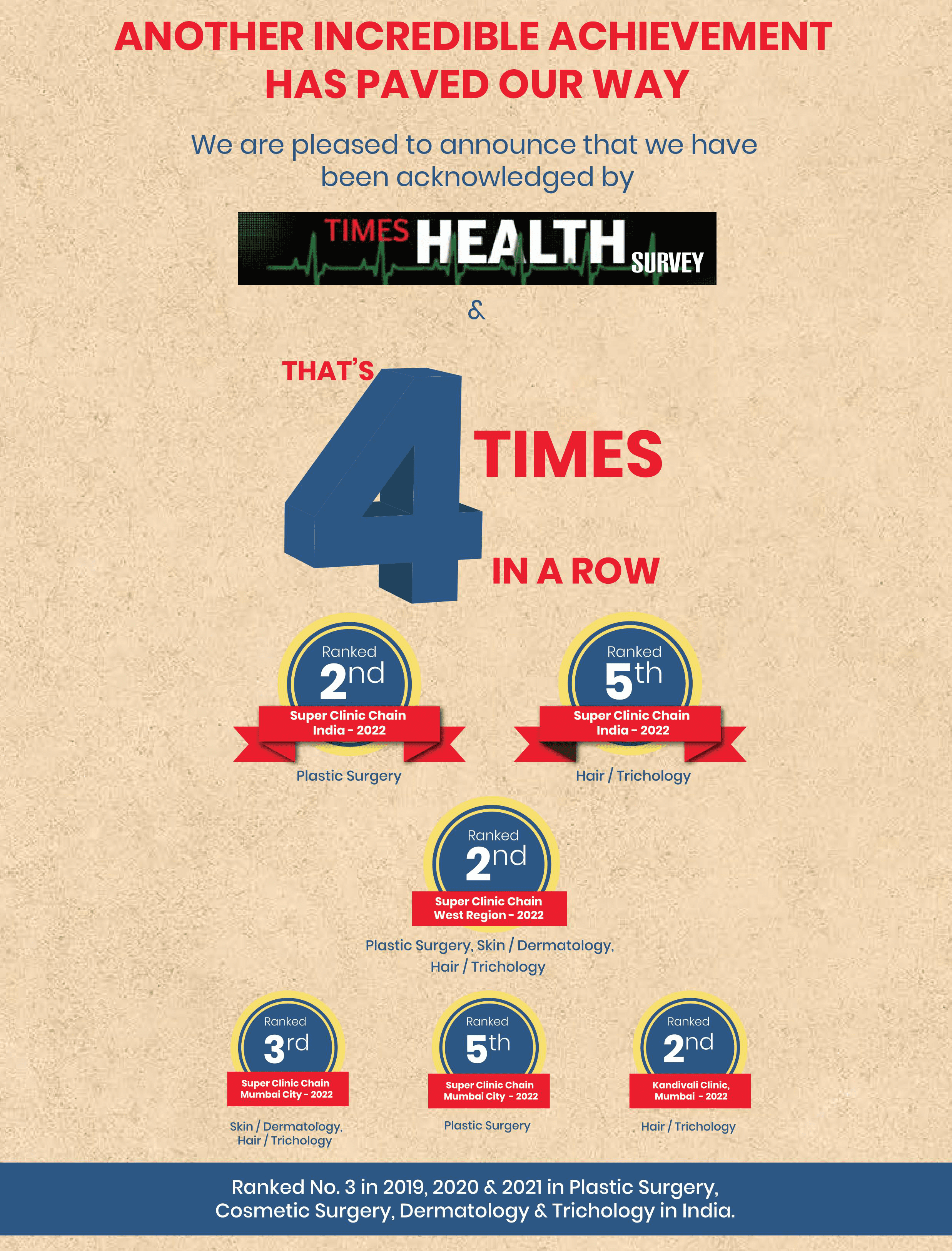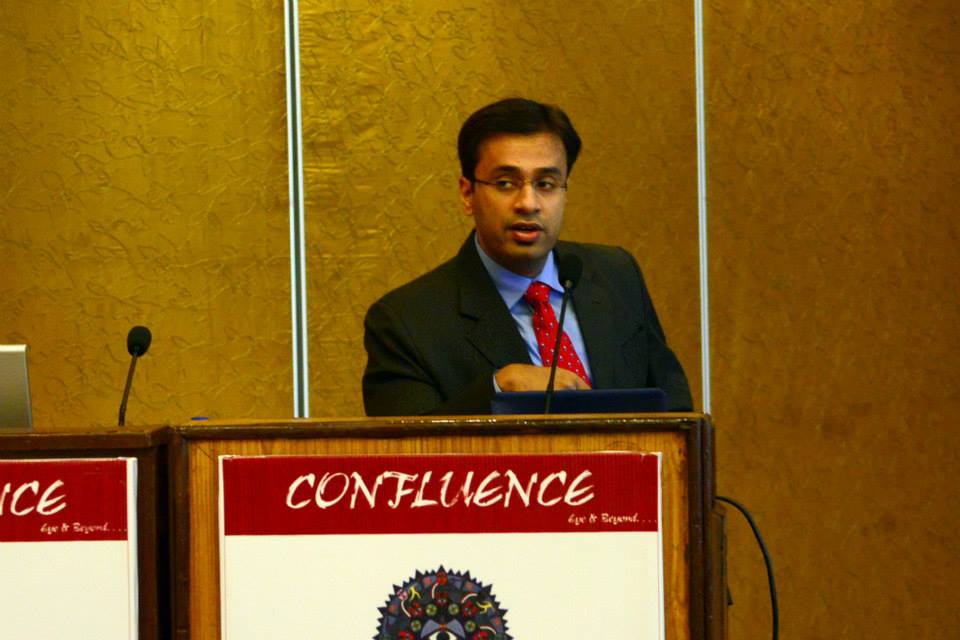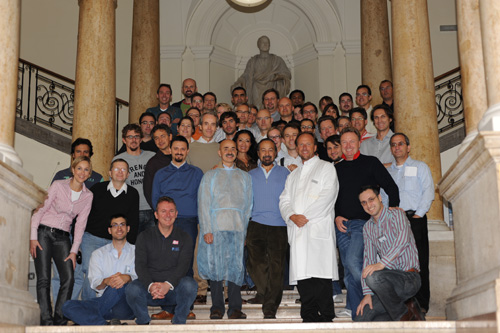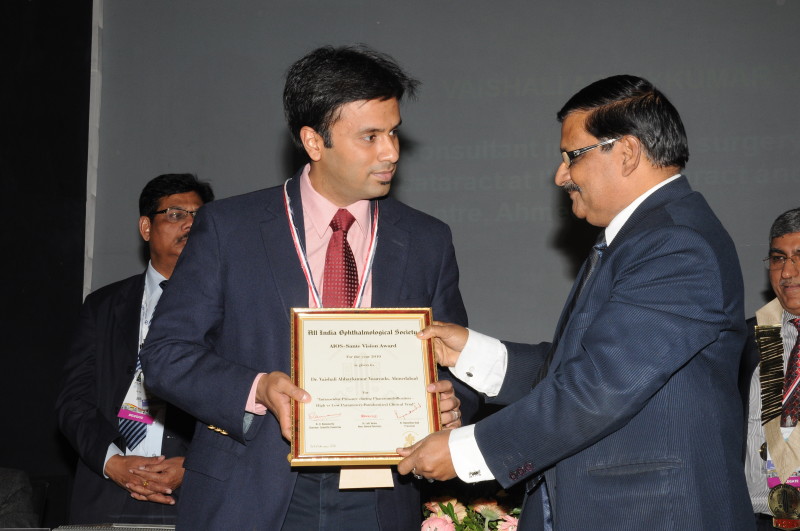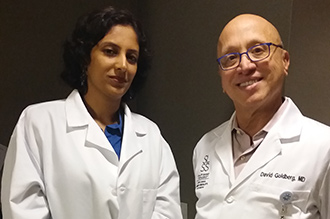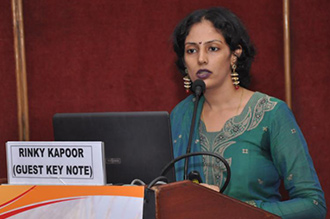The objective of carrying out orbital decompression is to increase the volume of the orbit while decreasing the volume of orbital fat. This surgical procedure is often recommended in the treatment of Graves’ disorder – a condition that is characterized by bulging eyes – wherein it is directed at treating thyroid eye disease. Graves’ disorder is an autoimmune disorder affecting the eye and thyroid gland. Thyroid eye disease also evolves with symptoms such as dry eye, double vision, inability to completely close the eyes, deformed eyeball, grainy eye sensation, and elevated pressure level in the orbit. Orbital decompression primarily involves the removal of parts of the orbital wall – and along with the excision of orbital fat in some cases.
Orbital decompression may also be recommended in the event of tumour around the eye, haematoma, corneal disease, and trauma to the eye or head. Apart from the conventional means of performing orbital decompression that involves making series of incisions, the procedure can also be done endoscopically with the surgeon employing some sort of specialized telescope to traverse the nose and sinuses before eventually decompressing the eye socket. Some of the complications associated with orbital decompression procedures include double vision, loss of vision, numbness of gums and lips, lack of symmetry in eye position, severe swelling and bruising, cerebrospinal fluid leaks. Orbital decompression is usually performed under general anaesthesia, and it can be carried out by an oculoplastic surgeon or ENT surgeon.
Anatomical Orientation of the Orbit
The orbit is the primary surgical site for orbital decompression, and it is quite a delicate aspect of the human body, so, it is expedient that surgeries involving this space be undertaken by a specialist with appreciable knowledge [and experience] about the anatomical intricacies of this structure. Broadly stating, the orbit is the socket of the skull that houses the eyes and its accessory organs, with its surrounding being filled with muscles, nerves, and fatty tissues. The orbit is made up of seven different bones – ethmoid bone, frontal bone, lacrimal bone, maxilla, palatine bone, sphenoid bone, and zygomatic bone. The frontal sinuses and brain are above the orbit; the maxillary sinuses are located below the orbit while the ethmoid bone is found in the area between the two orbits. The horizontal part of the frontal bone and the lesser wing of the sphenoid bone form the orbital roof while the orbital floor is defined by the maxilla orbital plate connecting the zygomatic bine orbital plate and the palatine bone orbital plate. The confined nature of the orbital area is well reflected by its anatomical arrangement, meaning that a rise in the volume of tissues and/or muscles will have a significant impact on the integrity of the space. In essence, great care must be taken to preserve the delicate aspects of the orbital cavity during orbital decompression procedures.
1 Wall Decompression:
The 1 wall decompression procedure involves the removal of the lateral wall while the rim is spared or repositioned. With this, the contents of the orbit are released into the temporalis fossa. This technique is suitable in cases with lesser severity of exophthalmos, and it is significantly effective with low incidences of complications. Nonetheless, potential risks like masticatory oscillopsia, atrophic temporalis muscles, double vision, development of retracted scars, and swelling of the lower and upper eyelids cannot be ruled out. The 1-wall decompression is performed under general anaesthesia, and the surgeon begins the procedure by making a lateral canthotomy incision along with an upper eyelid crease incision as he/she attempts to gain access to the surgical area. And, upon taking series of methodical steps, the surgeon eventually actualizes the herniation of orbital contents [into the temporalis fossa], as well as the removal of inferolateral fat pockets before applying sutures to close up the incisions.
2 Wall Decompression:
The 2-wall decompression sometimes referred to as balanced 2 wall decompression, is recommended for moderate to severe exophthalmos. The term ‘balanced’ used here may not be unconnected to the fact that the 2-wall decompression procedure allows the lateral and medial recti muscles to equally prolapse into the surrounding space. Generally, it involves the removal of the lateral and medial walls. This technique is particularly notable for limiting the occurrence of complications such as the inferomedial displacement of the globe and the development of crossed eyes. It is worth noting that 2-wall decompression promotes the attainment of good cosmesis as it also reduces the probability of having unbalanced extra-orbital muscle and double vision – as might be more evident with the lateral (single) wall decompression.
3 and 4 Wall Decompression:
The 3 and 4 wall decompression procedures vary slightly from each other, but they are used in treating cases of severe Graves’ ophthalmopathy wherein the elevated rise in the volume of the muscle allows the optic nerve to become compressed, leading to its (that is the optic nerve) damage – and this often arises with corneal damage, a condition that makes it difficult to close the eyes. Furthermore, severe exophthalmos – whereby there is a marked rise in the pressure building up against the eyeballs to cause the constriction of tissues, nerves, and muscles – is another condition that may warrant treatment with 3 and 4 wall decompression. While 3 and 4 wall decompression procedures have been found valuable in the management of severe Graves’ ophthalmopathy to a large extent, they do come with some potential risks; among which are the loss of visual acuity, orbital haemorrhage, swelling of eyelids, and conjunctiva, double vision, haematoma, and loss of vision. Furthermore, certain patients are suffering from these disorders that may be considered unfit for 3 and 4 wall decompression as a result of underlying medical conditions like chronic sinusitis, atretic sinuses, impairment of the immune system, and bleeding disorders.
In performing these procedures, the surgeon proceeds to make a bicoronal skin incision – that is, an incision around the crown of the head after the hair must have been shaved. After which, the surgeon will methodically proceed to gain to the lateral orbital wall – with series of incisions made. While the 3-wall decompression procedure has to do with the orbital roof, medial wall, and lateral wall, the surgeon will extend beyond the lateral wall to achieve the objective of 4 wall decompression.
The preparation for orbital decompression cuts across the diagnosis/examinations that would be conducted by the oculoplastic surgeon to assess the patient’s situation to the measures that the patient will have to take to ensure the success of the procedure. It is during these examinations that the surgeon can determine if there is a need to perform any other surgical procedure before or after orbital decompression – for instance, the need for orbital rearrangement or some other protocols. Again, patients on medications such as those containing aspirin, anti-inflammatory drugs, and anticoagulants will need to discontinue usage some weeks before the date set for the orbital decompression procedure.
The patient will be given prescriptions that will include oral antibiotics, antibiotic eye drops, and steroid drugs to aid recovery. Again, the patient will have to visit the clinic 24 hours after the orbital decompression procedure has been completed to have the eye pad [that had been placed over the surgical area] removed. Swelling and bruising are commonplace after an orbital decompression, and as such, the patient should have the head raised a little when sleeping – using an extra pillow will suffice here. Blowing of the nose, as well as swimming, scuba diving, driving, and flying should also be avoided for the next 3 – 4 weeks after the surgery. The team [of specialists at The Esthetic Clinics will plan a follow-up routine to further monitor patients’ journey to recovery.
Are you finding a top clinic nearby to have an orbital wall decompression procedure done in India? The Esthetic Clinics has you covered; we have with us the best oculoplastic surgeons for orbital wall decompression. And, with the team of surgeons being led by renowned celebrity surgeon, Dr. Debraj Shome, you will surely get a medical/surgical service you will live to remember – forgetting the pains caused by the symptoms of exophthalmos or Graves ophthalmopathy. Plus, our facility ranks among the very best health centres in India today.
The cost of orbital wall decompression procedures can only be evaluated on an individual basis. More so, giving a particular range could even send out the wrong message. Hence, we advise that you reach out to our team for us to carefully analyse your situation, and provide you the cost estimate. Having said that, you should note that the overall price for orbital wall decompression may be influenced by the following factors:
Additionally, there is a possibility that your health insurance may play a major cost-reduction benefit for your orbital wall decompression surgery. So, we advise that you speak with your provider today to see what can be done in this direction.


Dr. Debraj Shome is Director and Co founder of The Esthetic Clinics. He has been rated amongst the top surgeons in India by multiple agencies. The Esthetic Clinics patients include many international and national celebrities who prefer to opt for facial cosmetic surgery and facial plastic surgery in Mumbai because The Esthetic Clinics has its headquarters there.
